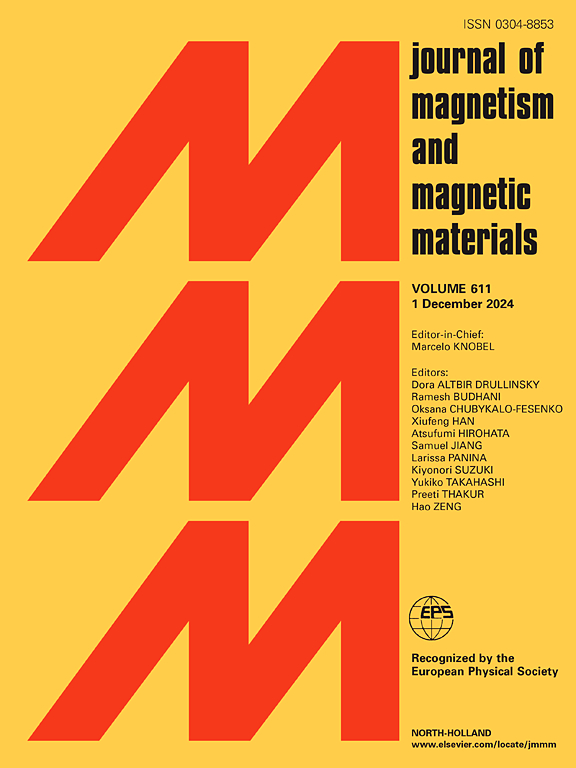Crystallite structure and magnetic characteristics of iron oxide nanoparticles biomineralized by Shewanella spp. with different surface charge potentials
IF 2.5
3区 材料科学
Q3 MATERIALS SCIENCE, MULTIDISCIPLINARY
引用次数: 0
Abstract
Shewanella spp. are iron-reducing bacteria that exhibit different surface charge potentials depending on variations in their cell wall composition. It is postulated that such changes, which occur under different growth conditions, may influence the characteristics of nanomaterials synthesized by these bacteria. The surface charge potential and iron reduction profiles of different Shewanella spp. can thus be exploited to tune the properties of magnetic iron oxide nanoparticles (MNPs) for different applications. These aspects have not been investigated in depth. In this study, the structural, magnetic, and biological properties of MNPs mineralized by Shewanella oneidensis MR-1 and Shewanella putrefaciens CN-32 were characterized and compared. The products were analyzed using X-ray diffraction, electron microscopy, and dynamic light scattering to determine their crystalline structure, particle diameter, and size distribution, respectively. MNPs synthesized by S. oneidensis MR-1 had a more compact crystal structure than those produced by S. putrefaciens CN-32. Iron reduction under non-growth conditions resulted in a smaller particle size, more defined shape, and smoother surface compared to those under growth conditions. Magnetic properties measured using vibrating sample magnetometry indicated an incomplete superparamagnetic state for S. putrefaciens nanoparticles and a superparamagnetic state for S. oneidensis nanoparticles under non-growth conditions. Hence, resting conditions not only facilitate the sustainable synthesis of MNPs but also offer better control over particle crystallization. Cytotoxicity was absent under both conditions. This study contributes to the understanding of biologically synthesized MNPs and highlights the potential of Shewanella spp. as reliable sources for producing uniform and functional nanomaterials under environmentally benign conditions.
求助全文
约1分钟内获得全文
求助全文
来源期刊

Journal of Magnetism and Magnetic Materials
物理-材料科学:综合
CiteScore
5.30
自引率
11.10%
发文量
1149
审稿时长
59 days
期刊介绍:
The Journal of Magnetism and Magnetic Materials provides an important forum for the disclosure and discussion of original contributions covering the whole spectrum of topics, from basic magnetism to the technology and applications of magnetic materials. The journal encourages greater interaction between the basic and applied sub-disciplines of magnetism with comprehensive review articles, in addition to full-length contributions. In addition, other categories of contributions are welcome, including Critical Focused issues, Current Perspectives and Outreach to the General Public.
Main Categories:
Full-length articles:
Technically original research documents that report results of value to the communities that comprise the journal audience. The link between chemical, structural and microstructural properties on the one hand and magnetic properties on the other hand are encouraged.
In addition to general topics covering all areas of magnetism and magnetic materials, the full-length articles also include three sub-sections, focusing on Nanomagnetism, Spintronics and Applications.
The sub-section on Nanomagnetism contains articles on magnetic nanoparticles, nanowires, thin films, 2D materials and other nanoscale magnetic materials and their applications.
The sub-section on Spintronics contains articles on magnetoresistance, magnetoimpedance, magneto-optical phenomena, Micro-Electro-Mechanical Systems (MEMS), and other topics related to spin current control and magneto-transport phenomena. The sub-section on Applications display papers that focus on applications of magnetic materials. The applications need to show a connection to magnetism.
Review articles:
Review articles organize, clarify, and summarize existing major works in the areas covered by the Journal and provide comprehensive citations to the full spectrum of relevant literature.
 求助内容:
求助内容: 应助结果提醒方式:
应助结果提醒方式:


